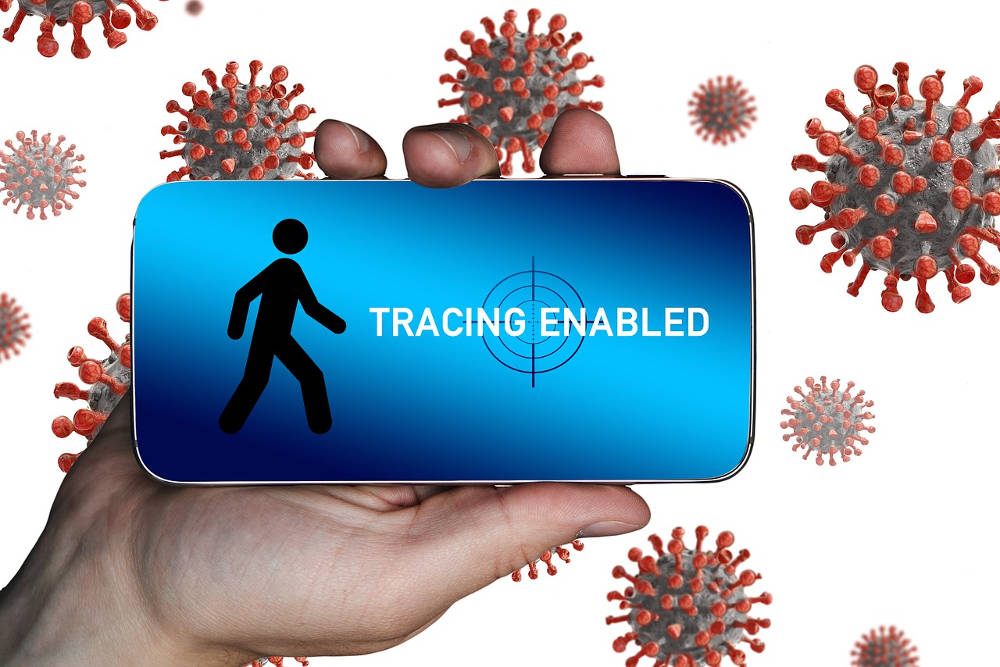[Image by Gerd Altmann from Pixabay]
It was clear right from the beginning of the pandemic that it will be technology that will come to our rescue—save lives, let us go around. Tests, drugs and vaccines.
And as the world gradually lifts the lockdown there is another technology that has garnered a lot of attention and debates. Contact tracing apps.
About 30 countries have either launched an app or are building one. Apple and Google, which together control over 98% of operating systems that run smartphones, have partnered to launch contact tracing technology aimed at helping governments fighting the pandemic.
In India, all these have generated heated debates on what Aarogya Setu, a contact tracing app the country launched in April, can do and cannot. At one extreme some assert that it can’t help the government fight the disease but can enable surveillance, and at the other some assert that it is not only safe, it is also the bridge to nation’s health. Aargoya Setu means bridge to health.
However, the reality is more complex, and the answer to most questions are neither ‘yes’ nor ‘no’, but ‘it depends’. The deck explains why the most important factors in fighting the app are in fact outside the app.
A short reading list
- A flood of coronavirus apps are tracking us. Now it’s time to keep track of them. | MIT Tech Review
- How Europe splintered over contact tracing apps | FT
- Coronavirus contact-tracing apps: can they slow the spread of COVID-19? | Nature
- Contact tracing apps are vital tools in the fight against coronavirus. But who decides how they work? | The Conversation
- Aarogya Setu and the value of syndromic surveillance | Rahul Matthan, Mint
- Aarogya Setu : A Surveillance App? | Boom


